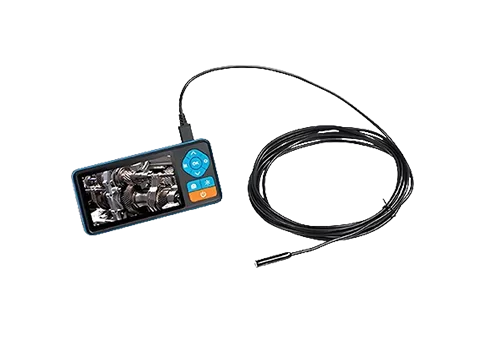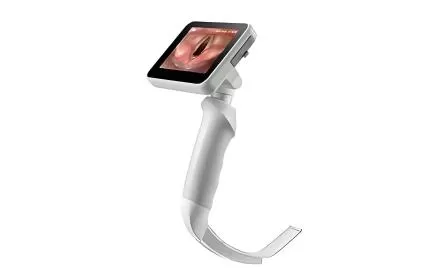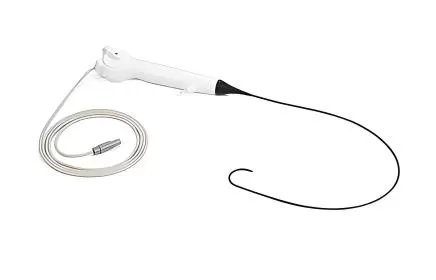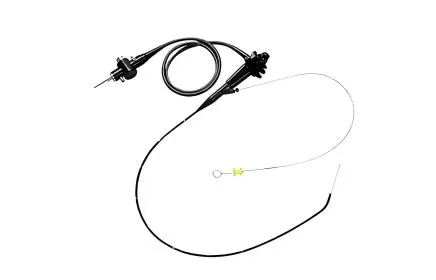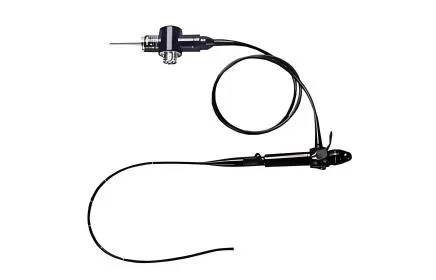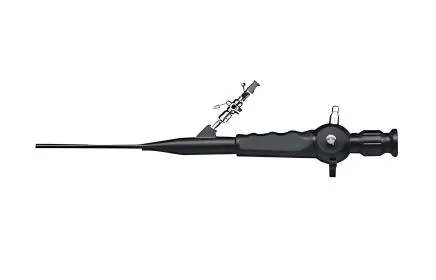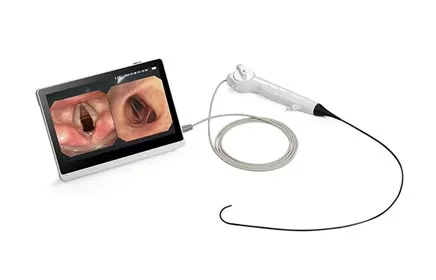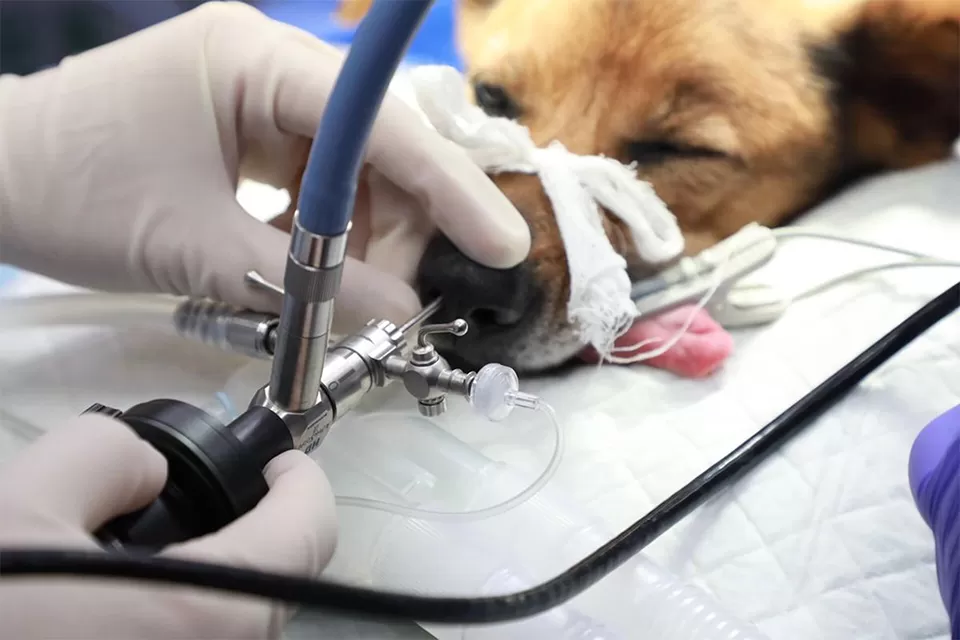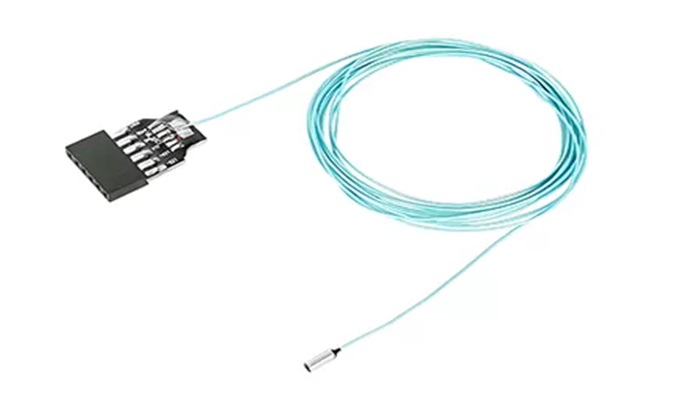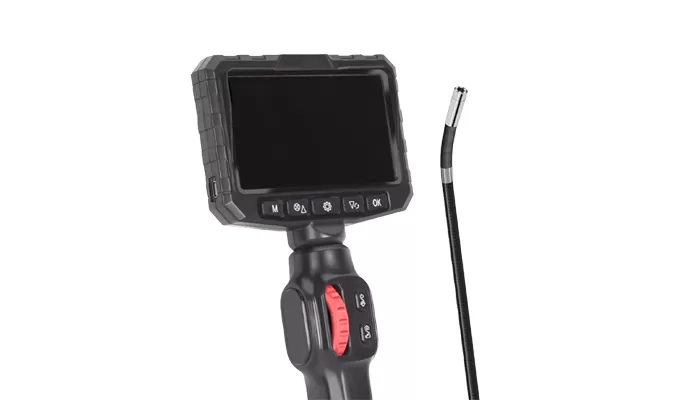It is imperative that disinfection is carried out in strict accordance with the "Veterinary Endoscope Cleaning and Disinfection Guidelines", with key steps as follows:
1. Please find below the company's disinfection process.
Pre-treatment: It is essential that the outer surface is wiped with an enzymatic cleaner immediately after use, and that the biopsy channel is rinsed (in order to prevent protein residues from reacting with glutaraldehyde to form crystals).
Manual cleaning:
The multi-enzyme solution should be left to soak for 10 minutes, after which the channels should be cleaned with a specialist brush (insert from the air/water inlet to avoid nozzle blockage).
Leak detection: Please ensure the endoscope is immersed in water and inflated in order to check for the presence of bubbles, as internal corrosion may be indicated by such.
High-level disinfection:
Recommended: The bronchoscopes require a 20-minute soak in 2% glutaraldehyde, while low-temperature plasma sterilisation is suitable for devices containing electronic components.
Dry storage: It is recommended that the tubes are dried using a high-pressure air gun, and subsequently stored in a dry cabinet (humidity < 60%) in order to prevent bending or deformation.
2. Maintenance prohibitions
Please note that ultrasonic cleaning should be avoided as this may cause damage to fibre optic components.
It is recommended that contact between metal instruments and saline solution be avoided, as this may cause pitting corrosion.
Paraffin oil should not be used on the surface of flexible fibre scopes as it may cause swelling.
3. Please find below details of the equipment inspection.
Please find below details of the monthly optical performance check. To ensure colour accuracy, the white balance should be calibrated using white gauze.
The quarterly bend section test is a key component of our comprehensive testing protocol. Please ensure that you manually operate the joints in order to check for stiffness. Please note that broken traction wires may prevent turning.
